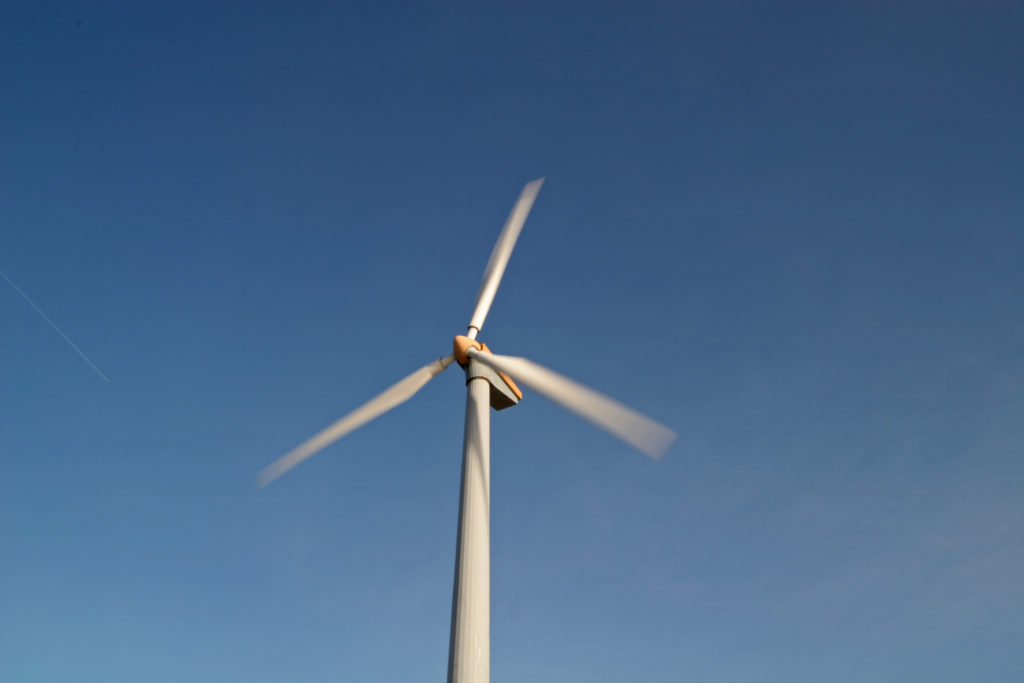News
Maximizing Wind Energy Production with Vacuum Infusion

Wind turbines have three main components that are manufactured from composites—blades, nacelles and spinners, which are the hub of a wind turbine. Due, in part, to the high strength-to-weight ratio of composite materials, these parts increase the efficiency of the final wind turbine product. As an added benefit, the robust turbine parts last several years without the need for service.
Wind turbine blades are longer than ever. The length of the blade directly impacts an increase in generated wind power. Modern blades can reach over 100 meters, or 350 feet long. They can weigh up to 55 metrics tons, or 120,000 pounds. They are typically made of 60 percent fiberglass/carbon fiber, 30 percent epoxy or polyester resin, and the remaining percentage is core material, adhesives, and hardware.
As blades grow in length and rotors grow in diameter, the nacelle must increase in size as well. It can be over 50 feet long and 12 feet high. With wind power being so reliant on the composite parts that make up the whole turbine, the composites production method must offer maximum efficiency. As such, many wind energy manufacturers are moving toward vacuum infusion to benefit from reduced emissions and more consistent, higher-quality parts.
Vacuum infusion yields larger parts and greater benefits.
Traditional wind turbine blades were made from wood. As they have grown longer over time, composite materials combined with the vacuum infusion process has become the predominant manufacturing choice for making wind turbine blades. Lean manufacturing methods, such as using pre-cut materials, can positively impact composite blade construction by increasing productivity advantages. Using pre-cut materials reduces the amount of product used, as well as waste and time, and offers ease of handling during the production process.
As an expert in closed molding processes, Composites One, along with Aerovac, offers all the materials needed for vacuum infusion and other closed mold processes. The result for manufacturers is reduced emissions and cleaner working environments for workers. Check out your leading source for high quality vacuum bagging process materials, including vacuum films, peel piles, release films, flow media, sealant tapes, tubing, combination materials, and connectors.

